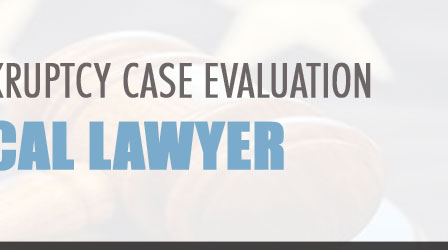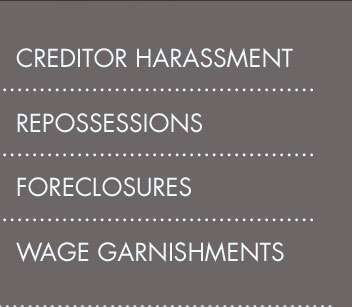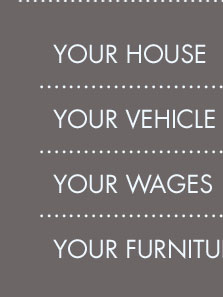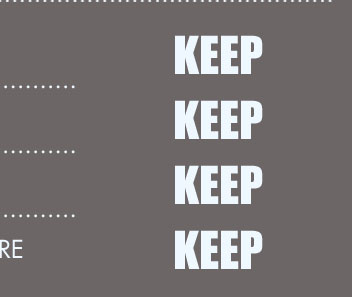 |
 |
 |
|---|
 |
 |
 |
|---|---|---|
 |
 |
 |
 |
 |
 |
|---|---|---|
 |
 |
 |
 |
Filing Bankruptcy in Montana: A Comprehensive Guide
Understanding Bankruptcy Basics
Filing for bankruptcy is a legal process that helps individuals or businesses in financial distress. In Montana, like in other states, this process offers a fresh start by eliminating or restructuring debts.
Types of Bankruptcy
The two most common types of bankruptcy for individuals are Chapter 7 and Chapter 13.
- Chapter 7: Known as liquidation bankruptcy, it involves selling non-exempt assets to pay off debts.
- Chapter 13: This allows debtors to keep their property and repay debts over time, usually three to five years.
Eligibility Requirements
To file for bankruptcy in Montana, certain eligibility criteria must be met, such as passing the means test for Chapter 7 or having a regular income for Chapter 13.
The Bankruptcy Process in Montana
Filing the Petition
The process begins by filing a petition with the bankruptcy court. This includes detailed financial information and a list of creditors.
The Role of the Bankruptcy Trustee
A trustee is appointed to oversee the case, manage the sale of non-exempt assets, or handle the repayment plan.
Meeting of Creditors
Debtors must attend a meeting of creditors, where they answer questions about their financial situation.
Discharge of Debts
Upon successful completion of the process, eligible debts are discharged, providing relief and a new financial beginning.
For those outside Montana, resources such as bankruptcy lawyers in North Little Rock AR may offer localized assistance.
Common Concerns and Misconceptions
Impact on Credit Score
Bankruptcy can significantly impact your credit score. However, it is often a step toward rebuilding financial stability.
Asset Protection
Many worry about losing assets, but Montana allows certain exemptions to protect essential property.
Rebuilding Credit
After bankruptcy, it's possible to rebuild credit over time with careful financial management.
Frequently Asked Questions
Can I file for bankruptcy without a lawyer?
While it's possible to file without a lawyer, it's generally advisable to seek legal guidance due to the complexity of bankruptcy laws.
What debts are not dischargeable?
Certain debts like child support, alimony, most student loans, and certain taxes are not dischargeable in bankruptcy.
How long does the bankruptcy process take?
Chapter 7 typically takes a few months, whereas Chapter 13 can last three to five years.
Will I lose my home if I file for bankruptcy?
You may not lose your home if you can exempt it or keep up with mortgage payments under Chapter 13.
For additional support, consider reaching out to bankruptcy lawyers in Schenectady New York who specialize in financial recovery.
A bankruptcy filing generally begins when an individual, spouses together, corporation, municipality or other entity files a petition with bankruptcy court.
A petition may be filed by an individual, by a husband and wife together, or by a corporation or other entity. The debtor is also required to file statements ...
It now costs $306 to file for bankruptcy under chapter 7 and $281 to file for bankruptcy under chapter 13, whether for one person or a married couple.
![]()